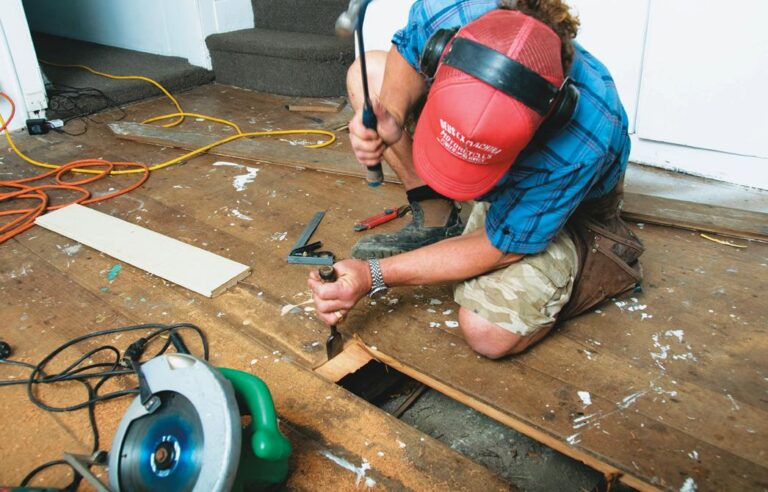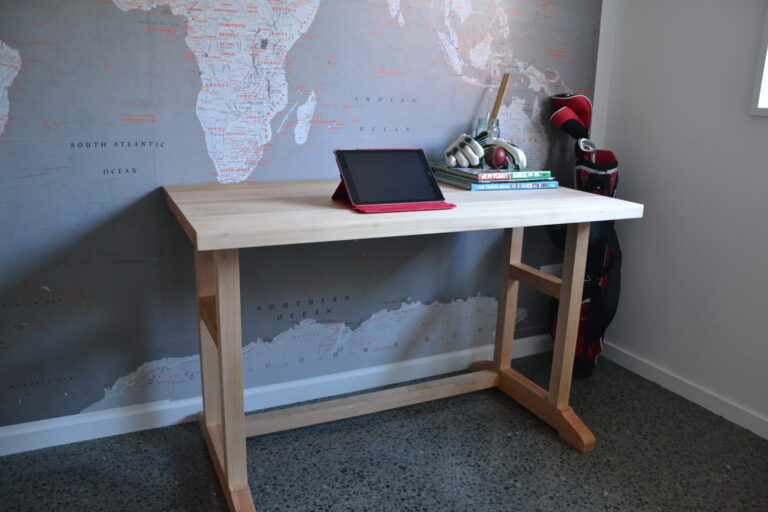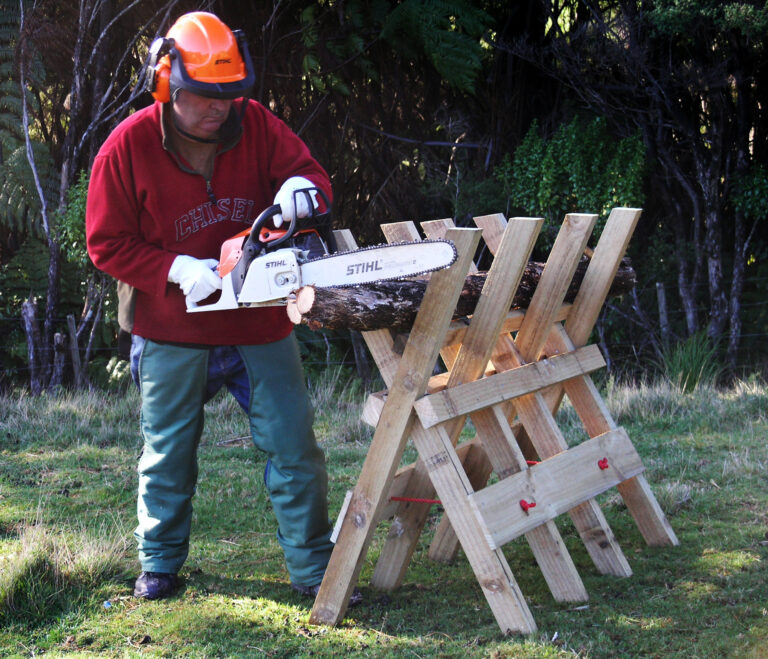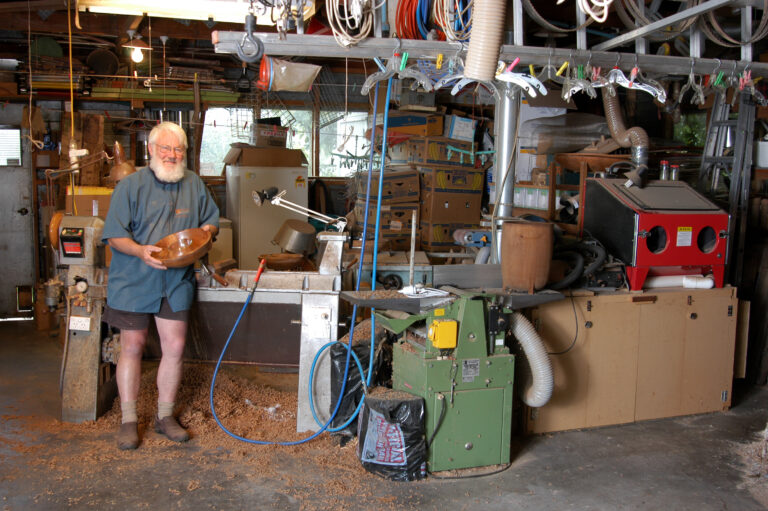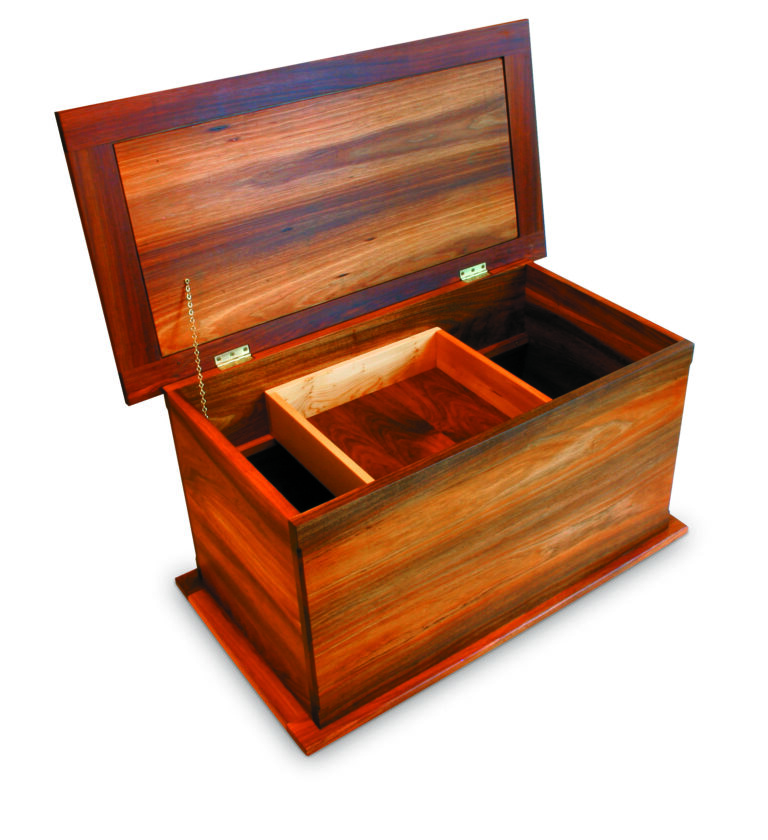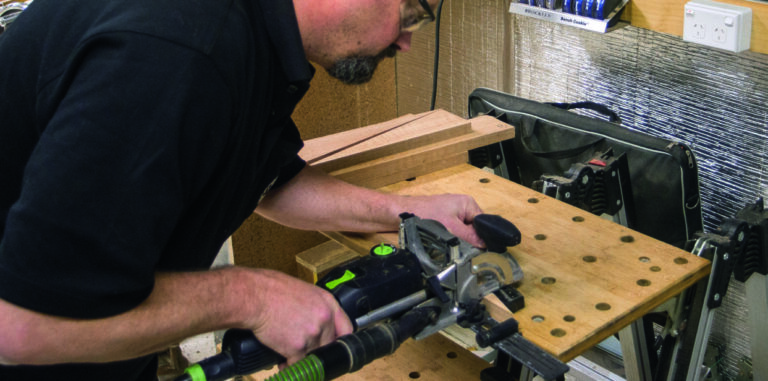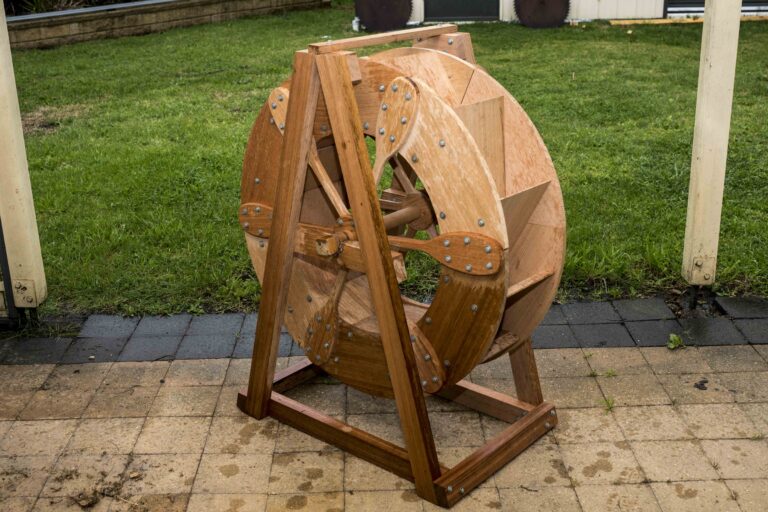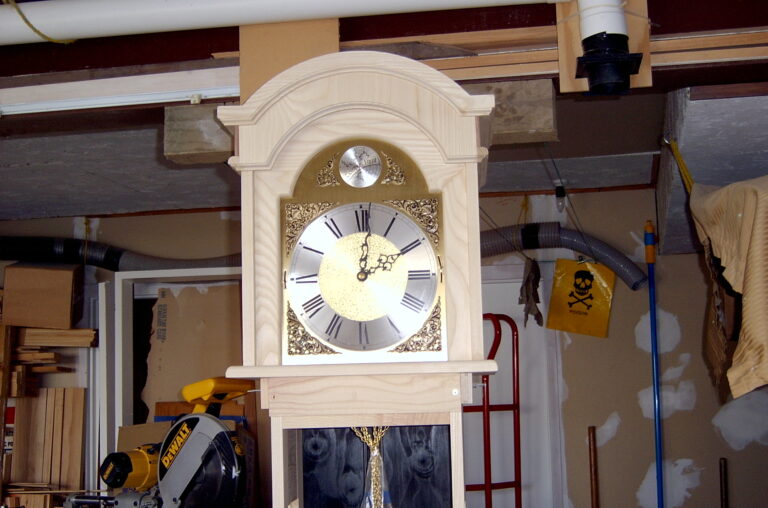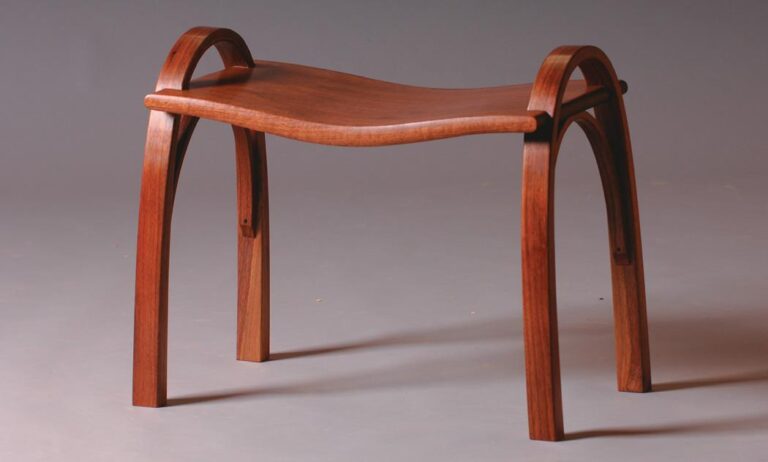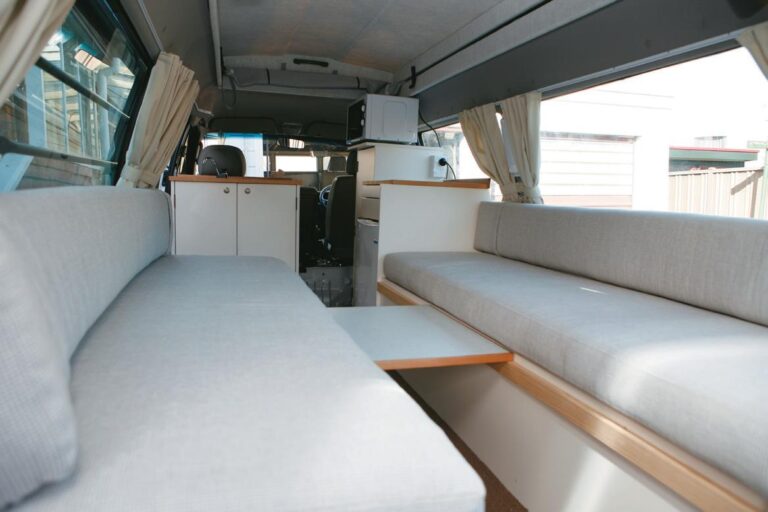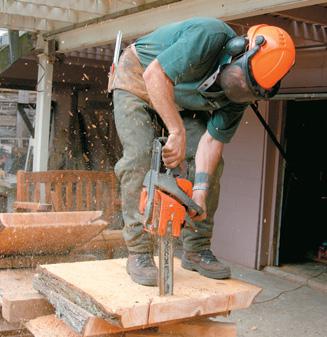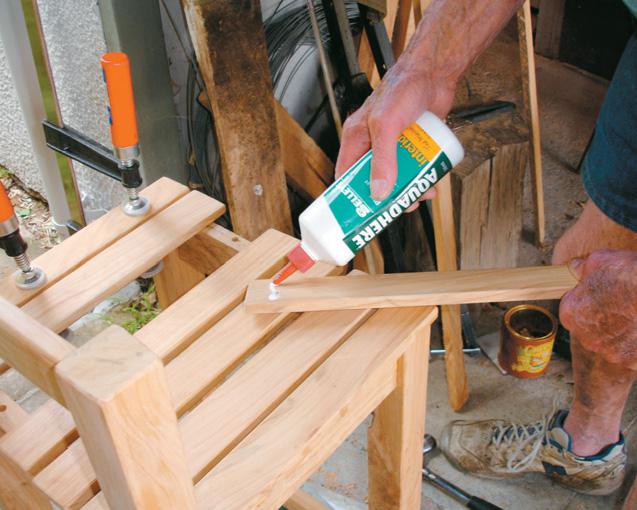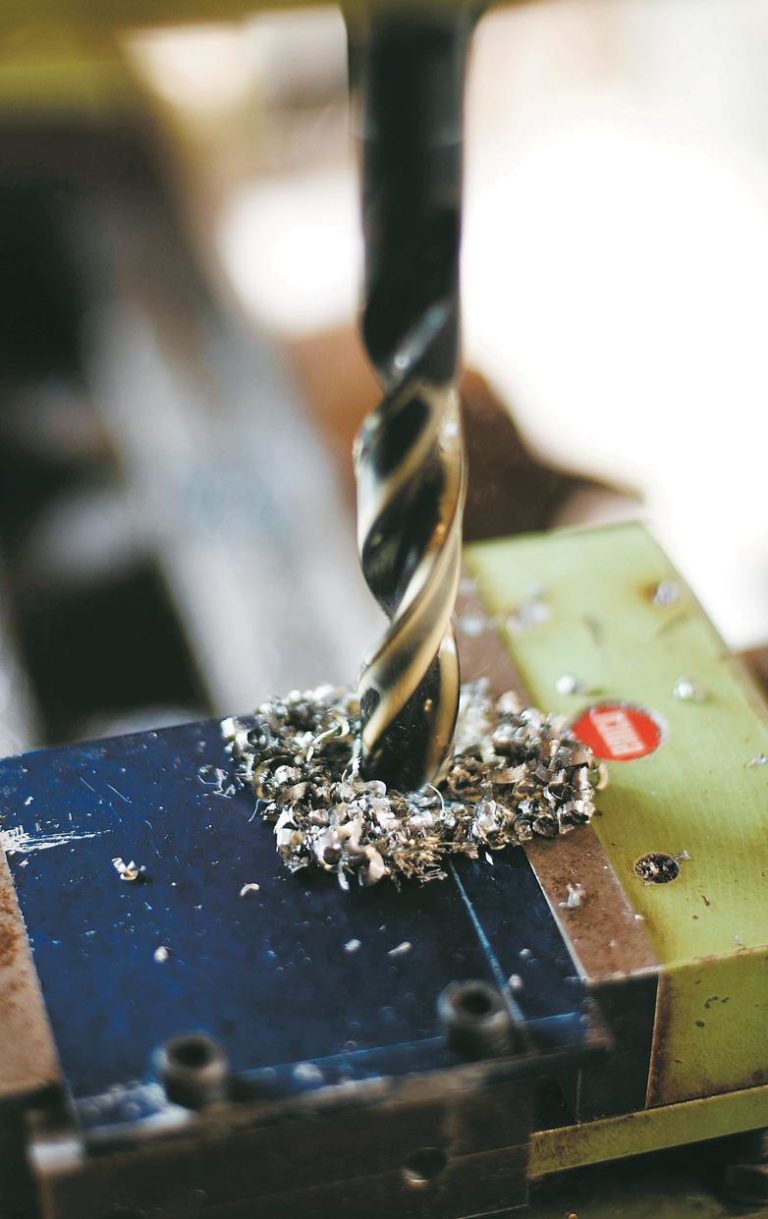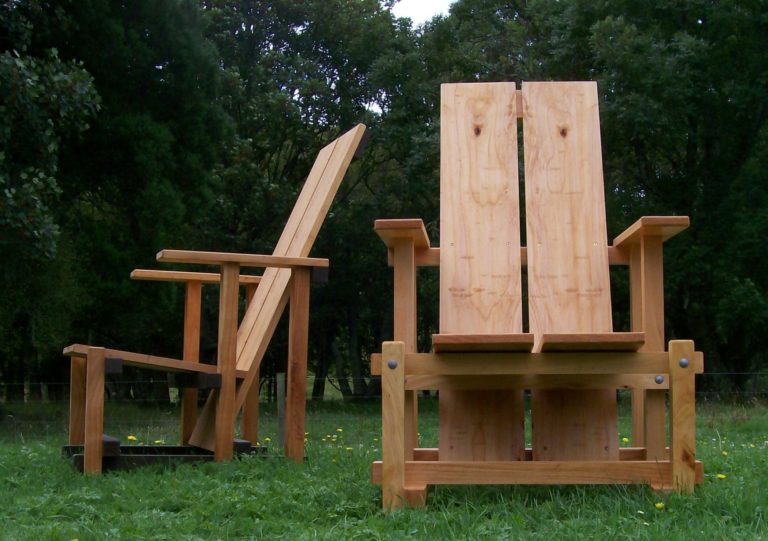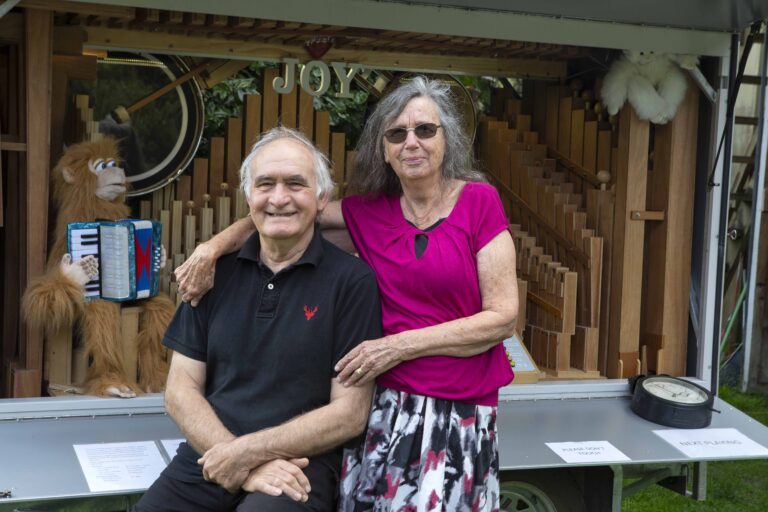
Video of the wooden fairground organ built by David Dilks
The 320-pipe fairground organ that David made from scratch is visually and acoustically impressive. The array of beautifully crafted pipes, different shapes and sizes, the accordion-playing monkey, and the drums make quite the show. It’s hard to resist jiggling — but then David and wife Joy, both ballroom dancers, kick up their heels and show their form. Music is a big part of their life.

